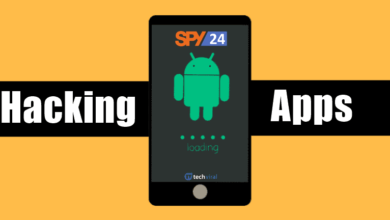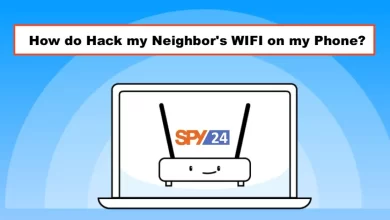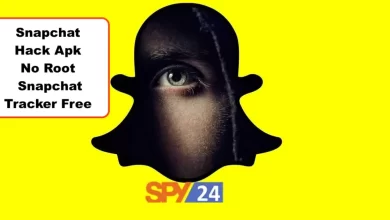Can Someone Hack Bank Account with a Phone Number?
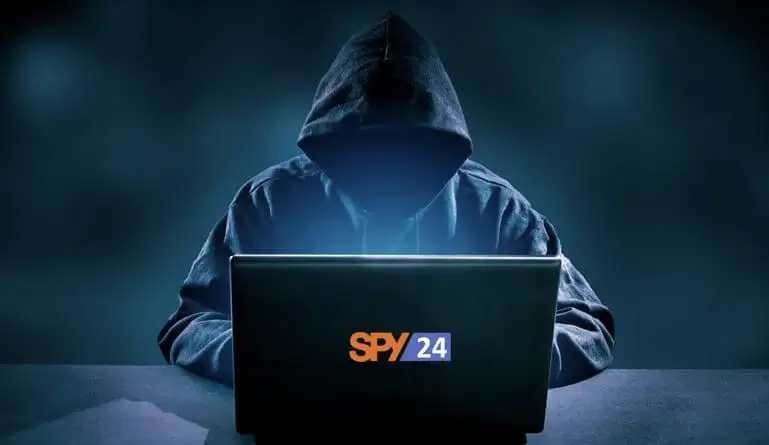
Bank account scam is a general term that encompasses any fraudulent dealings with a bank account. This contains stealing someone’s bank account, opening a bank account with a stolen identity, or forcing someone to transfer money against their will.
Online banking allows you to pay bills, check balances or transfer money. However, it can also leave you helpless to scammers who may try to deceive you into giving them access to your account. However, with vigilance, you can avoid typical scams. In this article, we debate mobile banking scams and how to bypass them.
Types of bank account hacking
Online banking can be very suitable, both for you and for cybercriminals. Hackers may use different ways to access your accounts. Most of these include deceiving you into giving them your account data.
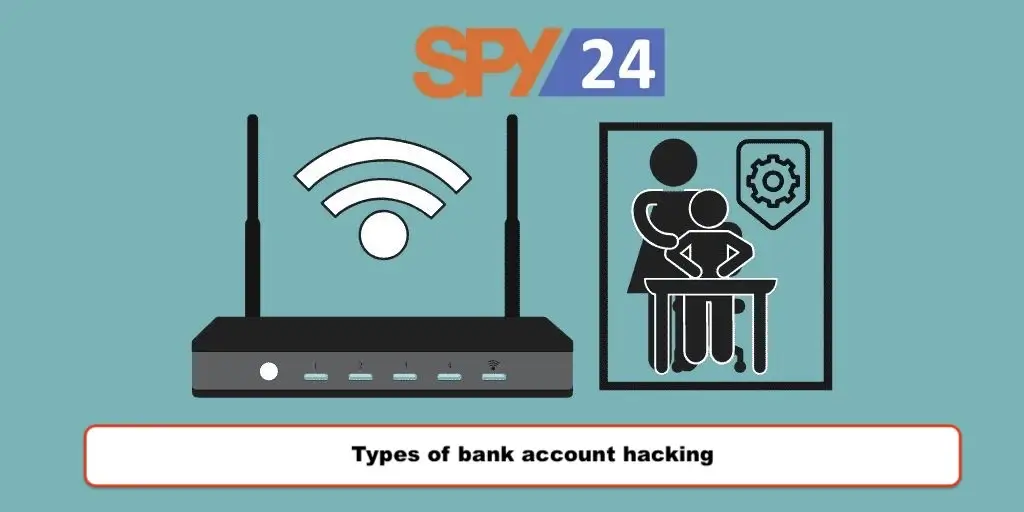
Weak passwords
Utilizing simple and guessable passwords can put your accounts at threat. One way hackers might attempt to access your bank account is by stealing or guessing your password. If they can get into your account, they can utilize your sensitive data for personal profit, otherwise known as identity theft. They can use credit card accounts in your name, buy goods, or transfer money from your account. Cybercriminals employ technology to guess a ton of passwords per second. Yet, long passwords with a mixture of letters and numbers are more challenging to obtain.
For instance, a computer can immediately guess an eight-letter password. Adding a capital letter increases the time needed to crack the password to 22 minutes. In contrast, a 12-character password that contains one capital letter, one number, and one symbol will take a computer 34,000 years to crack.
Fraudulent texts and phone calls
Be wary of any emails or phone calls from numbers asserting to be your bank. They may specifically be looking to steal your data to gain access to your account.
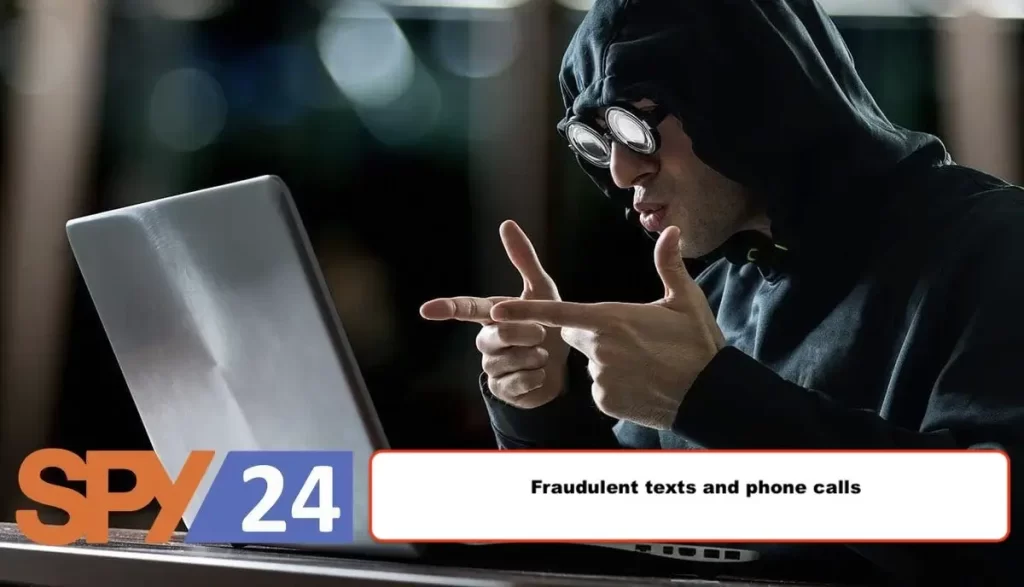
Phishing links
Be wary of strange links in emails or when browsing online. Although they may look honest, these links and websites are designed to look authorized to deceive you into entering your data. With this kind of online scam, scammers may send a text message or email that appears to be from your bank. Usually, the message requests you to take quick action, such as verifying your data, to prevent account closure. The message may even have a link to the bank, but it goes to a fake website developed to look like a bank website. When you enter your account data, scammers document it.
Sometimes, scammers already have some of your personal data. To achieve your trust, they may include personal data such as your date of birth or the last four digits of your SSN. They may have discovered this data from your social media posts or accessed it in the event of a data breach.
Malware
This kind of virus can be downloaded from corrupt websites and emails, infecting your computer and perhaps intercepting your data and passwords. When you click on a link or attachment in an email or download fake antivirus software, your gadget can become contaminated with malicious software or malware. A virus can allow hackers to see data on your gadget and utilize it to access your financial data or bank accounts. To help protect your gadgets, get antivirus software.
Leaks
Websites and banks impacted by security breaches could permit unauthorized individuals to access your information. You must use various passwords for all of your online accounts. Otherwise, a breach of one website can influence all of your online accounts.
Public Wi-Fi
Never log into your bank account over public Wi-Fi, since hackers can utilize a public connection to block your data and access your accounts.
Public Wi-Fi gives you suitable and free access to the Internet in cafes, airports, and department stores. But it can also be effortless for hackers to see your private info on an open network that doesn’t need passwords. If you log into your online banking account, your login data may be compromised, leaving you vulnerable to a bank scam. Shopping online with public Wi-Fi can also reveal your credit card data.
Social engineering
Some hackers go the additional step to access your data by contacting your bank and impersonating you. And since most banks utilize your personal data to confirm your identity, it’s essential not to share your personal info with strangers.
Card scanners
When placed over an existing, honest card scanner, these devices take a photo of your card and can capture your PIN. When using an ATM in an unknown location, shake the card socket to check the counterfeit card scanner.
How to avoid online banking fraud
Fortunately, you can save yourself from cyber criminals with common sense protection and a healthy dose of skepticism. Use the following suggestions to help protect your accounts from online banking fraud.
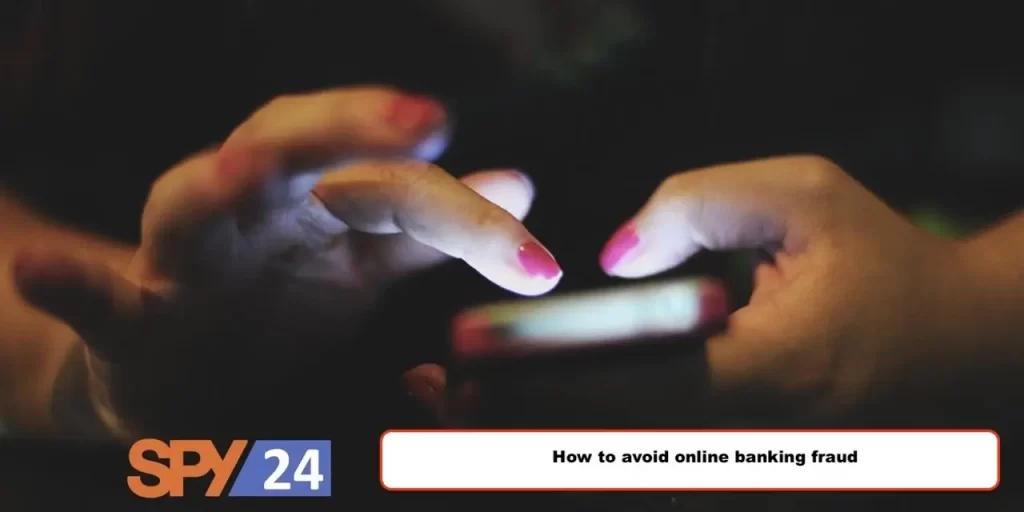
Carefully evaluate any message claiming to be your bank
When you understand how banks communicate with customers, you can sufficiently identify phishing emails. There are some things that legitimate banks will never accomplish. If you receive such a message, assume that it is a fake message. Some other suggestions include:
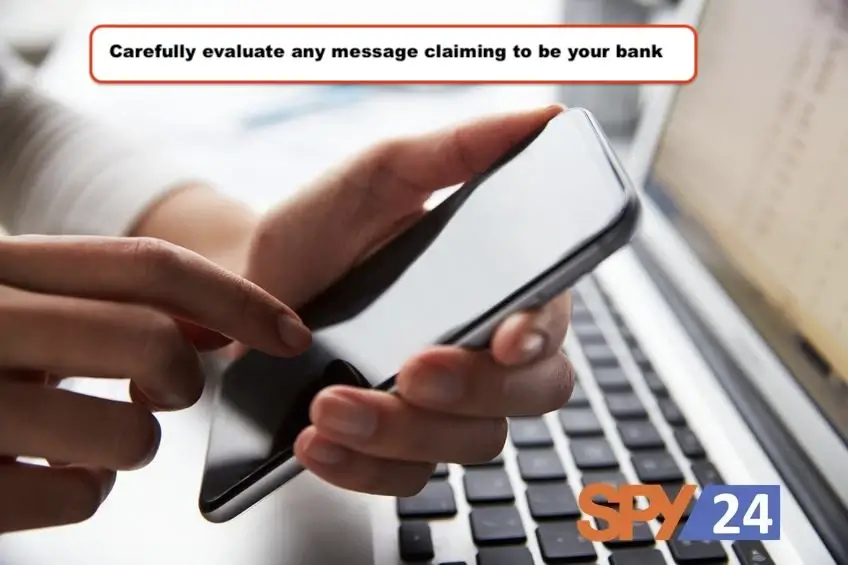
- Call: Banks or other financial organizations will not call for your PIN or inspecting account number. Never offer this over the phone. If you want to verify, call your bank instantly utilizing the phone number on your credit card or bank statement.
- Email: Your bank has no excuse to email you for account data it already has. If you receive an email requesting you to click a link or provide account data, suppose it’s a scam. Never click on any links and mark the email as spam.
- Text messages: If it looks like a message from your bank requesting you to log in or enter your PIN, it’s a fraud. Banks never request clients for this info via SMS.
- Urgent Action: A typical part of phishing emails is an urgent call to action. Cybercriminals desire to terrify you into taking quick action without thought. This email states there has been dubious activity on your account, and you should log in to your account instantly to stop it from being blocked or closed. No legitimate corporation will close a customer’s account without proper warning. If you are unsure, contact your bank via your regular channels to inspect your account balance and activity.
- Spelling mistakes: Spelling mistakes and grammatical mistakes are other red flags. Big companies have experienced editors to make sure the content is accurate.
Make powerful passwords and update them regularly
At some point, practically everyone has utilized the same password for various websites. But this is one of the easiest methods for hackers to enter your accounts. If they find one password, they can periodically access your other accounts. Utilize unique passwords for every website. They must be 12 characters long and contain numbers, lowercase letters, uppercase letters, and symbols.
Always make certain you are on the official website/app of the bank
If you receive an email about a problem with your bank account, you can still go straight to your bank’s website. Don’t click on any links in texts or emails, and just go instantly to your bank’s website to scan your account. Likewise, when calling, dial instantly utilizing your bank’s official phone number. Utilize two-factor authentication when logging into your financial institutions’ websites. You will receive a one-time code via SMS or email to utilize each time you log into your account.

Be careful about accessing your bank through public Wi-Fi
When you’re on public Wi-Fi, everyone can see your internet movement. In this sense, you shouldn’t log into your bank account over public Wi-Fi unless you’re utilizing a virtual private network (VPN).
Scan your bank statements regularly
Check your bank statements carefully every month to make sure there are no unauthorized transactions. Call your bank instantly if you notice any payments or withdrawals that you do not remember.
What to do if your bank account is hacked
If you think your account has been hacked, there are some essential steps you can take:
- View and confirm account activity. First, check your account activity to verify any deceitful charges. Some legitimate transactions may appear deceitful if the corporation trades under a different name.
- Contact your bank. After you have verified that your account has been hacked, contact your bank to inform the fraud. They can help you resolve the problem and perhaps refund your account.
- Freeze your account. If feasible, freeze your bank account online, in the application, or by talking to customer service.
- Modify your PIN and password. Alter your bank account PIN to something completely different and safe. Besides, change passwords for your online banking, email, and other online accounts, and try not to utilize the same password.
- Scan your credit history. If your bank account has been hacked, the hacker may have attempted to open a credit card in your name. Talk to your bank to discover if they can inspect your credit history for free.
- File a police report. Ultimately, think about filing a police report. It is improbable that you will have data about the individual who hacked you, but reports from numerous victims can grow the possibility of catching the thief.
What you can do to protect your phone number
Similar to two-factor authentication on your online accounts, you can add a secondary security code to your mobile account.
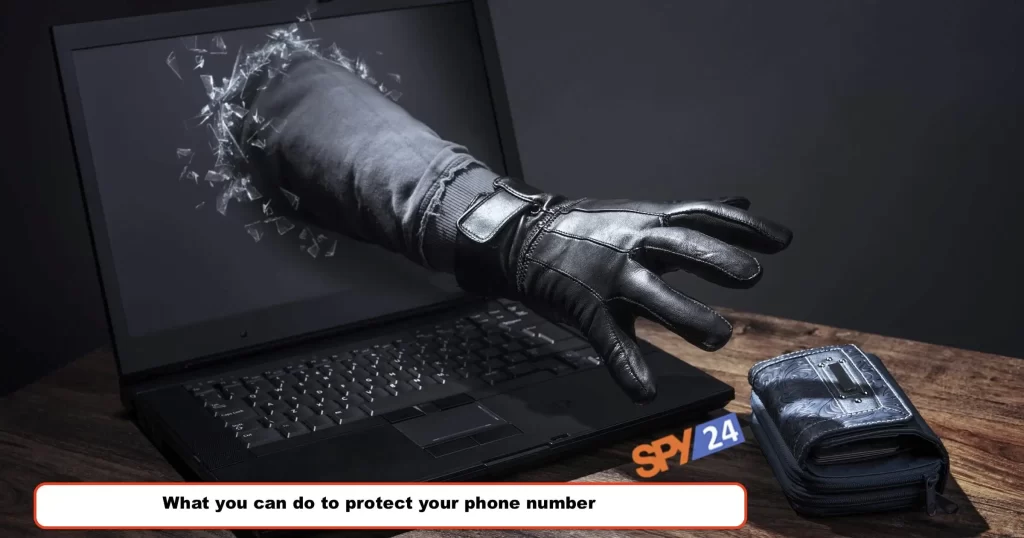
You can contact customer service or do it online. Many feel more confident by contacting and talking to someone. For instance, you can request customer service to set up a secondary password on your account to confirm that only you can make any modifications to the account or create a port.
Every carrier handles secondary security codes differently. You might be restricted in your password, password, or passphrase, but try to keep it longer than four to six digits. And make certain to save a backup copy of the code!
For major carriers:
AT&T has instructions on how to set up additional security on your account.
T-Mobile lets you set a custom password.
Verizon clarifies how to add a PIN to your account.
Sprint also allows you to add an account PIN for added security.
If your carrier is not on the list, you may like to inspect if they utilize a similar secondary security code for your account to stop any misuse. And if they don’t, you may need to port your cell phone number to another carrier.
FAQs
How can I save my bank account?
Make certain you have a robust password and login safety. Be extra careful with uncommon messages via SMS or email. Double-check any payments to a strange source. If probable, allow a security phrase that your bank will include in every contact.
How do fraudsters gain access to bank accounts?
Scammers use social engineering and phishing tactics to get you to show them your bank account login details. They usually make fake websites and contacts that seem official. They are created to catch your login details to take over the account.
What occurs after a bank transfer fraud?
Unfortunately, after a wire fraud, there is very little you can accomplish to get your money back. While you should call your bank directly, unlike paying with a fake card, you may not be able to get a refund.
How to report a bank account scam?
First, make certain you have claimed with your bank. You can also call local authorities and victim support websites to make a paper trail of your claim, often with a crime reference number.
SPY24 Install application free The Most Powerful Hidden Spying App to Monitor Android, IOS Cell Phone & Tablet Device Remotely. Best Android Parental Control App for Kids & Teens Online Safety.
Now take the liberty to monitor Android, and IOS devices with exclusive features better than ever before Monitor all Voice & Text Messages Communication records, Listen to & Watch Surroundings in Real-time Unleash Digital Parenting with Android, IOS Spy App Spy (Surround Listing & Front/Back Camera Bugging) IM’s VoIP call recording on Android OS 13 & above With 250+ Surveillance Tools at your fingertips using Android Tracking & Parental Monitoring Software.


